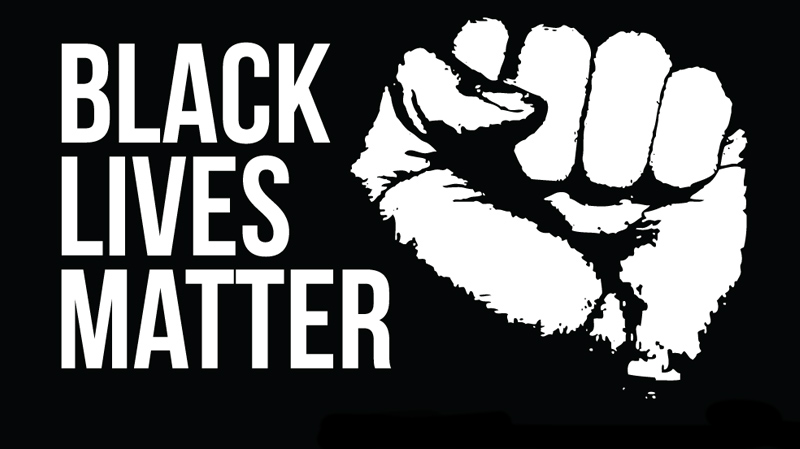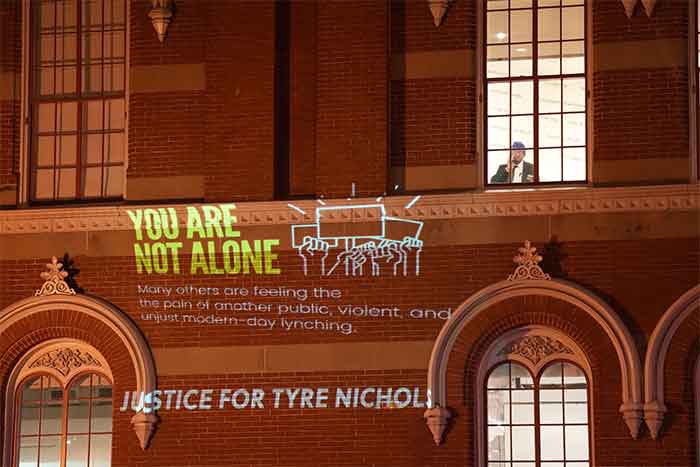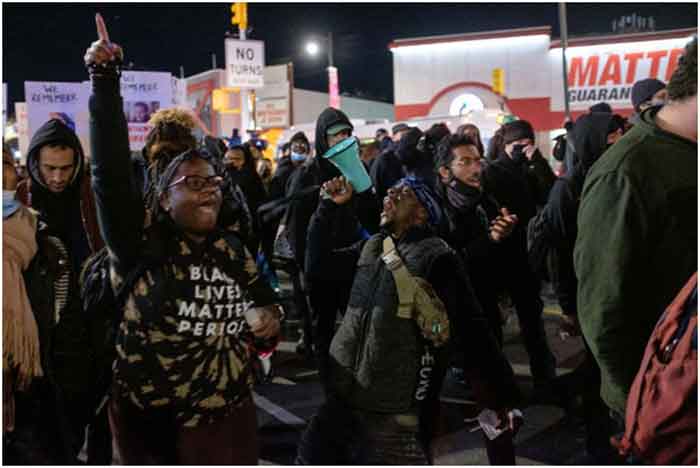
The uproar over the recent murder of George Floyd, a 46-year-old African American man, by Derek Chauvin, a 44-year-old White Minneapolis police officer, has assumed centre-stage in the United States and other parts of the world, prodding countries to introspect and cleanse their own tainted societies. It is an opportune moment for us Indians to reflect too.
The twin scourges that led to Floyd’s murder and are now being protested against throughout the world are – discrimination (racial) and police brutality. The ubiquity of both of these evils is not dubious in India as well.
This two part series explores the congruence between India and the US on the two common themes – discrimination and police brutality. The problem of discrimination has already been discussed in the first part. This part exclusively deals with the problem of police brutality.
The asphyxiation of George Floyd by the police in the US state of Minnesota is not the first and not even the latest incidence of police brutality in the United States of America. More recently, another African American man, 27-years-old Rayshard Brooks was shot dead by the police in Atlanta. And yet these incidents are only the tip of the iceberg and form only the modicum of experience the US have had with police brutality. While we Indians register our contribution in the ongoing protests (mainly on the social media), it makes sense to us to know about the status quo of the problem in our own country.
A Wide Extent
India has had and continues to have its own odyssey of the brutality fostered and practiced by the very department which ironically is bestowed with the responsibility of preventing and detecting crime in society. It is utterly unfortunate that we in India do not really need to ferret out the instances of police brutality, it is so common that every now and then there is some or other such instance which we immediately remember to refer to whenever there are disputations about police brutality. For instance, the memory of police beating up the students of Jamia Milia Islamia, who were peacefully protesting against the Citizenship (Amendment) Act of 2019, was still fresh in people’s minds when the police displayed a more blatant show of violence during the operation of nation-wide lockdown in the country imposed for containing the spread of SARS-CoV-2. There was a cornucopia of media reports documenting the police reprimanding and thrashing with rifle butts and batons the vendors, patients, buyers of essential commodities or simply anyone who stepped outside their houses. The police did not spare even the migrant workers who were already distressed of trekking to their homelands with both their stomachs and pockets empty. And all of this has happened even in the dearth of its legal backing. Indeed, the extent of injustice and iniquity inherent in this police behaviour can be estimated by the fact that the Commonwealth Human Rights Initiative specifically issued a set of guidelines for police which explicitly prohibited them from using force on persons violating the lockdown regulations. These are only the recent unfortunate instances of police brutality in India and again are only a paltry of its humongous history. Apart from these, the Jallianwala Bagh Massacre of 1919, the Bhagalpur Blindings of 1979-80, the Hashimpura Massacre of 1987, the Koothuparamba Firing of 1994 and many other similar instances testify to the common and incessant practice of this evil in our country.
The Different Forms
Though the ‘perpetration of violence’ is the most visible form of police brutality, it exists in its other forms as well which include custodial deaths and even the police inaction in a certain instances. According to an answer given by the Minister of State for Home Affairs in Rajya Sabha, 427 people died in police custody between the years 2016 and 2019. Albeit the police put the onus of these deaths on suicide, illness or some natural causes, the family members of the dead blame the torture meted out to them in police custody. The allegations of the family members of dead become easy to believe after the analysis of the ‘Status of Policing in India Report, 2019’ which claims that four out of five police personnel believe that there is nothing wrong with beating up persons accused of crimes to extract extra-judicial confessions.
In its other form, police brutality is not about something ‘done’ by the police. Rather, it is about something ‘not done’ by them. It is extremely cruel of the police not to take timely and necessary actions to maintain law and order when they are legally empowered and bound to do so. The instance where this form of police brutality came to the fore is that of Delhi Riots Case of February, 2020 where police inaction led to the violent clashes between pro-CAA and anti-CAA protestors in Northeast Delhi from February 24 to 26. The claims made by the police that they did not act on time because they did not receive any orders from exalted authorities do not have a leg to stand on. The law providing enough discretion to the police in such urgent situations is quite cogent. And the extent of this form is not limited to Delhi Riots instance. It has its protracted prevalence in India and yet this is the much ignored aspect of police brutality.
A Path Ahead to Traverse
In the wake of Floyd’s murder, America calls for ‘Defunding the Police’. What we, in India, first require is someone to demand for the reforms as the ‘Status of Policing in India Report, 2018’ claims that 50% of Indians condone police violence. It also claims that in our country “the knowledge of police violence does not agitate the public much; on the contrary, it earns public approbation.” And 34% people whom the report finds rejecting the police violence, either partially or completely, do not come out on the streets to demand its end. Their protests, if any, are just limited to the social media platforms. This is probably also explanatory to the fact reported by National Crime Records Bureau that in 62 cases related to custodial deaths in 2017, 33 persons were arrested, 27 were chargesheeted, 4 were accused or discharged and none were convicted. NCRB estimated 300 custodial deaths in the years between 2008 and 2016 but in this period also, there were zero convictions in cases of custodial deaths across the country.
Fortunately, the public sloppiness did not stymie those in power to do their bit in reforming the policing in our country. In 2006, the Supreme Court in Prakash Singh and others v. Union of India and others issued seven directives for police reforms in the country which broadly aimed at securing two objectives: functional autonomy for the police and enhanced police accountability. A variety of other police reforms have also been called for by the NITI Aayog and the government-appointed Administrative Reforms Commission. A lot of them have been enacted also but with the general public having casual attitude, there is no one to ‘police the police’ in our country.
#BLACKLIVESMATTER protests teach us that in public outcry lies the ultimate power and it is public vigilance which we require the most. These protests show us a long path ahead which we will have to traverse in order to see the real change in our country.
Tanya Singla is a sophomore at Panjab University
SIGN UP FOR COUNTERCURRENTS DAILY NEWSLETTER














































